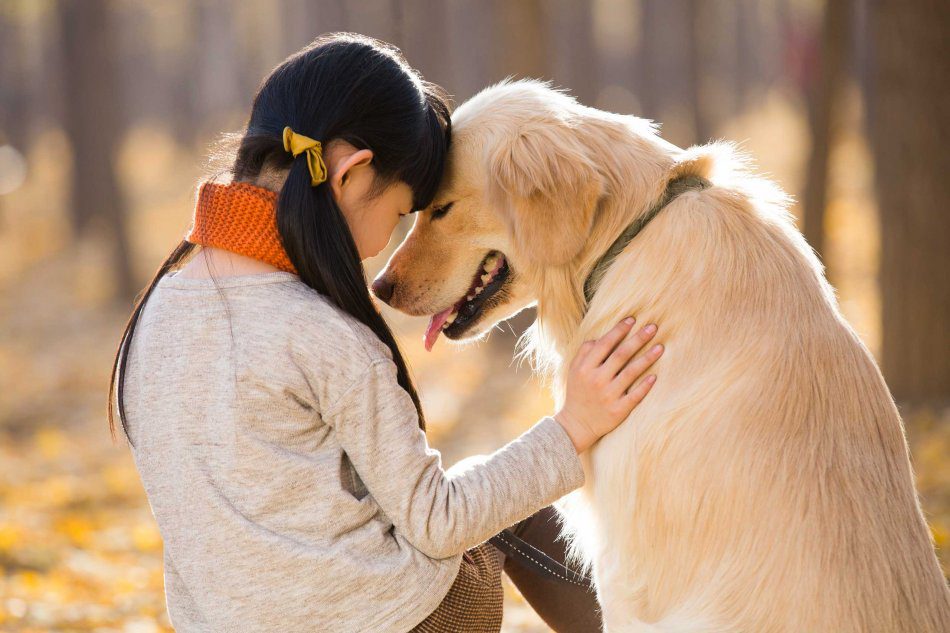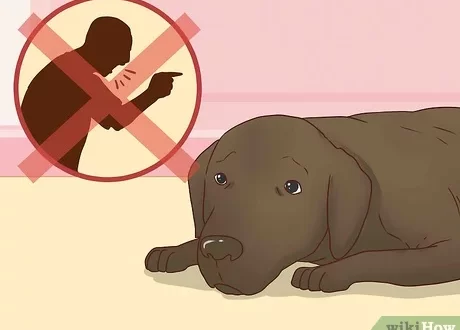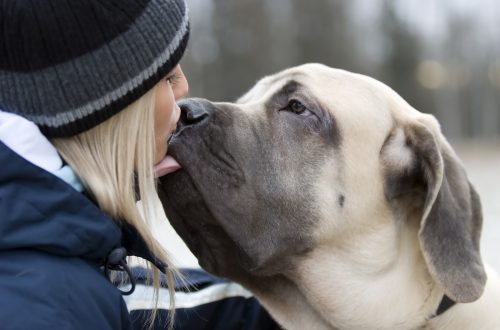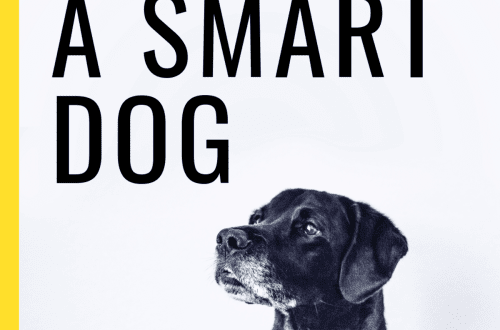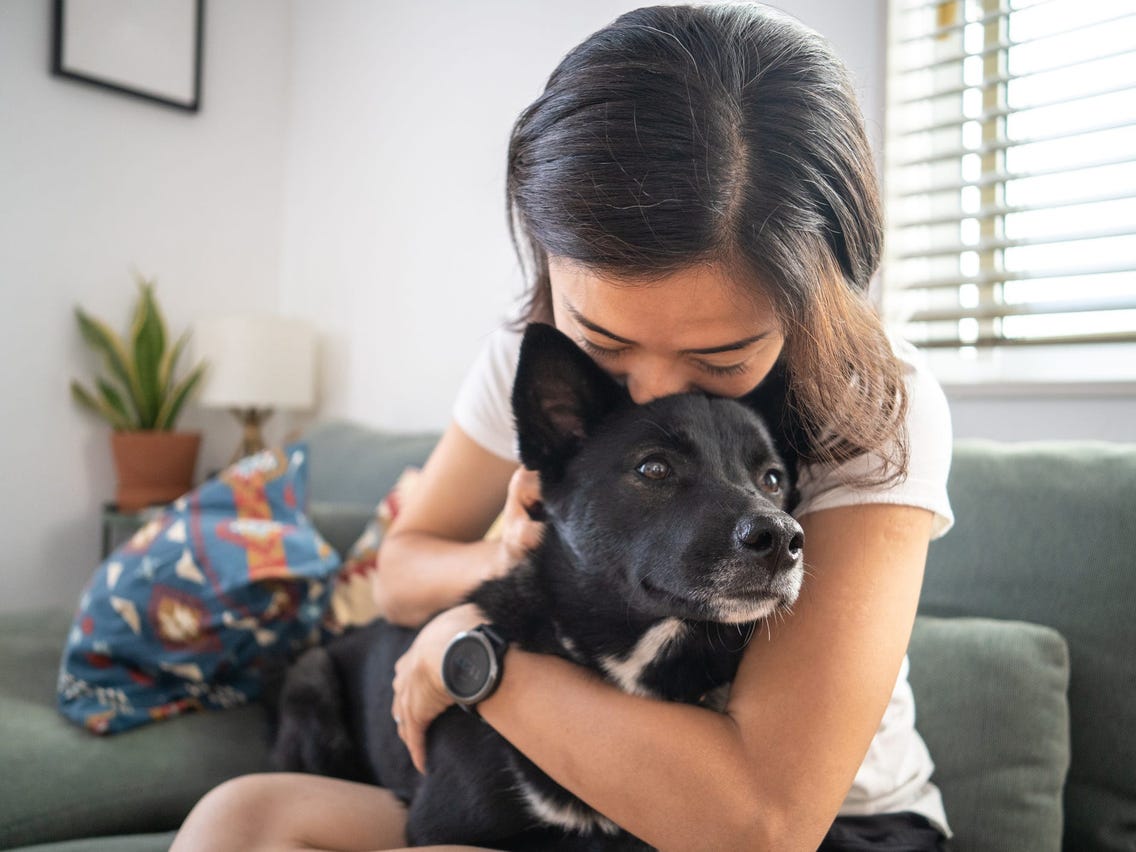
د خلکو سره په اړیکو کې د سپي استخبارات
We know that dogs are adept at communicating with people, such as being great at “read” our gestures and body language. It is already known that this ability appeared in dogs in domestication process. But social interaction is not just understanding gestures, it is much more than that. Sometimes it feels like they are reading our minds.
کړی
How do dogs use intelligence in dealing with humans?
Scientists set out to investigate the social interaction skills of dogs and found that these animals are just as talented as our children.
But as more and more answers were received, more and more questions arose. How do dogs use intelligence in dealing with humans? Are all dogs capable of deliberate actions? Do they know what a person knows and what is unknown? How do they navigate the terrain? Are they able to find the fastest solution? Do they understand cause and effect relationships? Do they understand symbols? And so on and so forth.
Brian Hare, a researcher at Duke University, conducted a series of experiments with his own Labrador Retriever. The man walked and hid the delicacy in one of the three baskets – moreover, the dog was in the same room and could see everything, but the owner was not in the room. The owner then entered the room and watched for 30 seconds to see if the dog would show where the treat was hidden. Labrador did a great job! But another dog that participated in the experiment never showed where everything was – it just sat, and that’s it. That is, the individual characteristics of the dog are important here.
The interaction of dogs with humans was also studied by Adam Mikloshi from the University of Budapest. He found that most dogs tend to purposefully communicate with humans. And that for these animals it is also very important whether you see them or not – this is the so-called “audience effect”.
And it also turned out that dogs not only understand words or passively perceive information, but are also able to use us as a tool to achieve their goals.
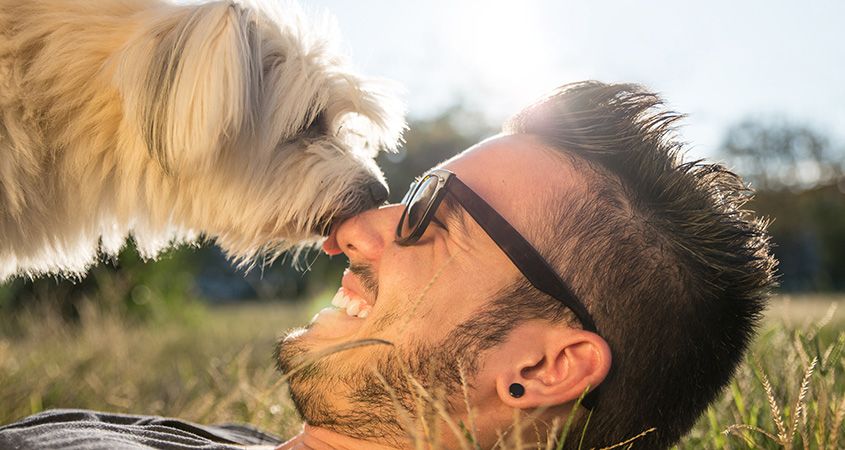



ایا سپي په کلمو پوهیږي؟
Our children tend to learn new words incredibly quickly. For example, children under 8 are able to memorize 12 new words a day. A six-year-old child knows about 10 words, and a high school student knows about 000 (Golovin, 50). But what is most interesting is that memory alone is not enough to memorize new words – you also need to be able to draw conclusions. Rapid assimilation is impossible without understanding what “label” should be attached to a particular object, and without repeated repetitions.
So, children are able to understand and remember which word is associated with an object in 1 – 2 times. Moreover, you don’t even have to specifically teach the child – it’s enough to introduce him to this word, for example, in a game or in everyday communication, look at an object, naming it, or in some other way draw attention to it.
And children are also able to apply the method of elimination, that is, to come to the conclusion that if you name a new word, then it refers to a previously unknown subject among already known ones, even without additional explanations on your part.
The first dog that was able to prove that these animals also have such abilities was Rico.
The results surprised the scientists. The fact is that in the 70s there were many experiments on teaching monkeys words. Monkeys can learn hundreds of words, but there has never been evidence that they can quickly pick up the names of new objects without additional training. And dogs can do it!
Juliane Kaminski of the Max Planck Society for Scientific Research conducted an experiment with a dog named Rico. The owner claimed that her dog knew 200 words, and scientists decided to test it.
First, the hostess told how she taught Rico new words. She laid out various objects, the names of which the dog already knew, for example, many balls of different colors and sizes, and Riko knew that it was, say, a pink ball or an orange ball. And then the hostess said: “Bring the yellow ball!” So Rico knew the names of all the other balls, and there was one that she didn’t know the name of – that was the yellow ball. And without further instructions, Riko brought it.
In fact, exactly the same conclusions are made by children.
Juliane Kaminski’s experiment was as follows. First of all, she checked if Riko really understood 200 words. The dog was offered 20 sets of 10 toys and actually knew the words for all of them.
And then they conducted an experiment that unspeakably surprised everyone. It was a test of the ability to learn new words for objects that the dog had never seen before.
Ten toys were placed in the room, eight of which Riko knew and two she had never seen before. To make sure that the dog would not be the first to grab a new toy simply because it was new, he was first asked to bring two already known ones. And when she successfully completed the task, she was given a new word. And Riko went into the room, took one of the two unknown toys and brought it.
Moreover, the experiment was repeated after 10 minutes and then 4 weeks later. And Riko in both cases perfectly remembered the name of this new toy. That is, once was enough for her to learn and memorize a new word.
Another dog, Chaser, learned over 1000 words this way. Its owner John Pilley wrote a book about how he managed to train a dog in this way. Moreover, the owner did not choose the most capable puppy – he took the first one that came across. That is, this is not something outstanding, but something that, apparently, is quite accessible to many dogs.
So far, there is no confirmation that any other animals, except for dogs, are able to learn new words in this way.
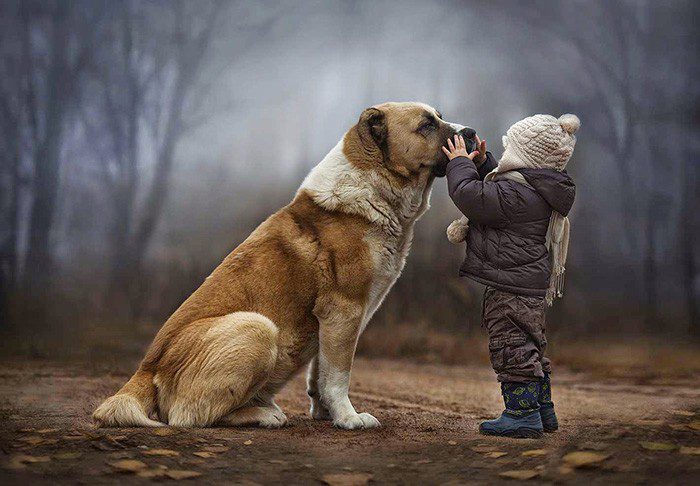



عکس: google.by
Do dogs understand symbols?
The experiment with Rico had a continuation. Instead of the name of the toy, the dog was shown a picture of the toy or a small copy of an object that she had to bring from the next room. Moreover, this was a new task – the hostess did not teach her this.
For example, Riko was shown a tiny rabbit or a picture of a toy rabbit, and she had to bring a toy rabbit, etc.
Surprisingly, Rico, as well as two other dogs who participated in the study of Julian Kamensky, perfectly understood what was required of them. Yes, someone coped better, someone worse, sometimes there were mistakes, but in general they understood the task.
Surprisingly, people have long believed that understanding symbols is an important part of the language, and that animals are not capable of this.
Can dogs draw conclusions?
Another experiment was conducted by Adam Mikloshi. In front of the dog were two upturned cups. The researcher showed that there was no treat under one cup and looked to see if the dog could infer that the treat was hidden under the second cup. The subjects were quite successful in their task.
Another experiment was designed to see if dogs understand what you can see and what you can’t. You ask the dog to bring the ball, but it is behind an opaque screen and you can’t see where it is. And the other ball is behind a transparent screen so you can see it. And while you can only see one ball, the dog sees both. What ball do you think she will choose if you ask him to bring it?
It turned out that the dog in the vast majority of cases brings the ball that both of you see!
Interestingly, when you can see both balls, the dog chooses one ball or the other randomly, about half the time each.
That is, the dog comes to the conclusion that if you ask to bring the ball, it must be the ball that you see.
Another participant in the experiments of Adam Mikloshi was Phillip, an assistant dog. The goal was to find out whether Phillip could be taught flexibility in solving problems that may arise in the process of work. And instead of classical training, Phillip was offered to repeat the actions that you expect from him. This is the so-called “Do as I do” training (“Do as I do”). That is, after preliminary preparation, you show the dog actions that it has not performed before, and the dog repeats after you.
For example, you take a bottle of water and carry it from one room to another, then say “Do as I do” – and the dog should repeat your actions.
The result exceeded all expectations. And since then, a team of Hungarian scientists have trained dozens of dogs using this technique.
ایا دا حیرانتیا نه ده؟
Over the past 10 years, we have learned a lot about dogs. And how many discoveries are still waiting for us ahead?
